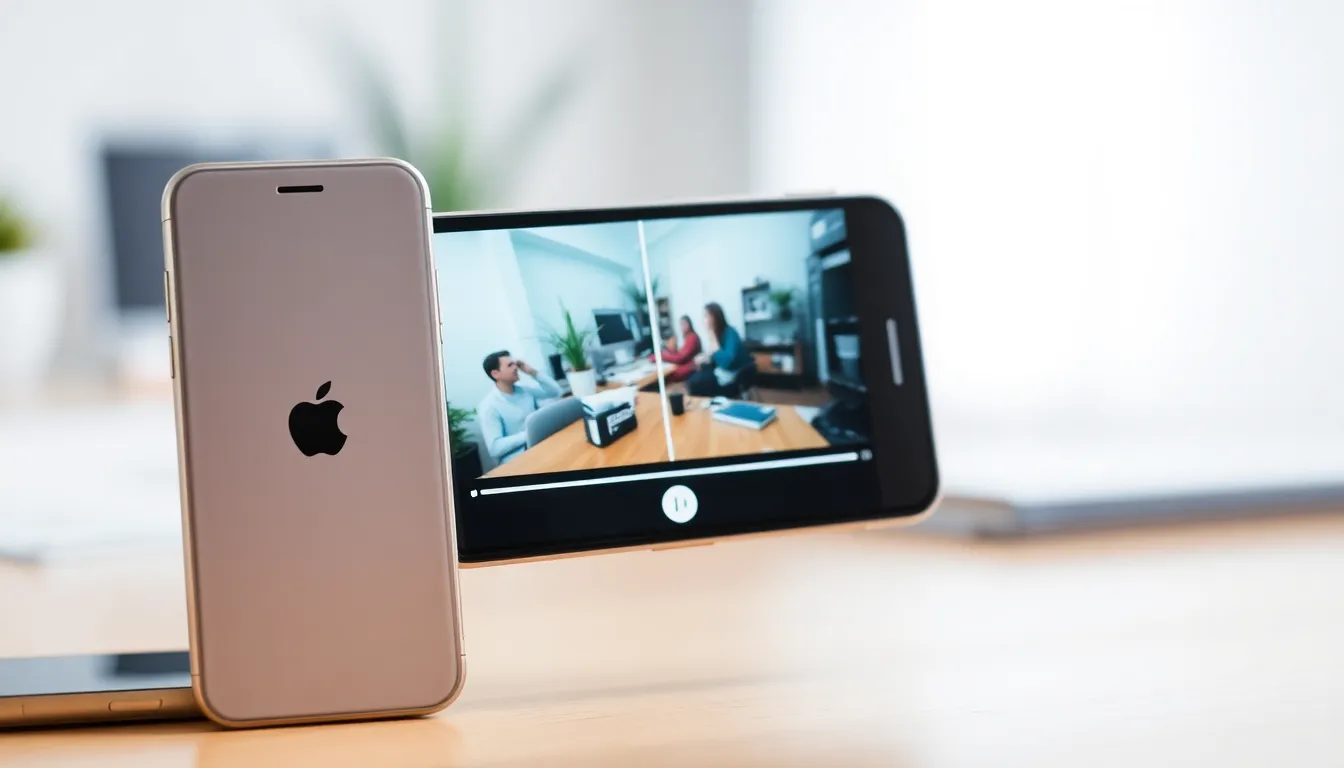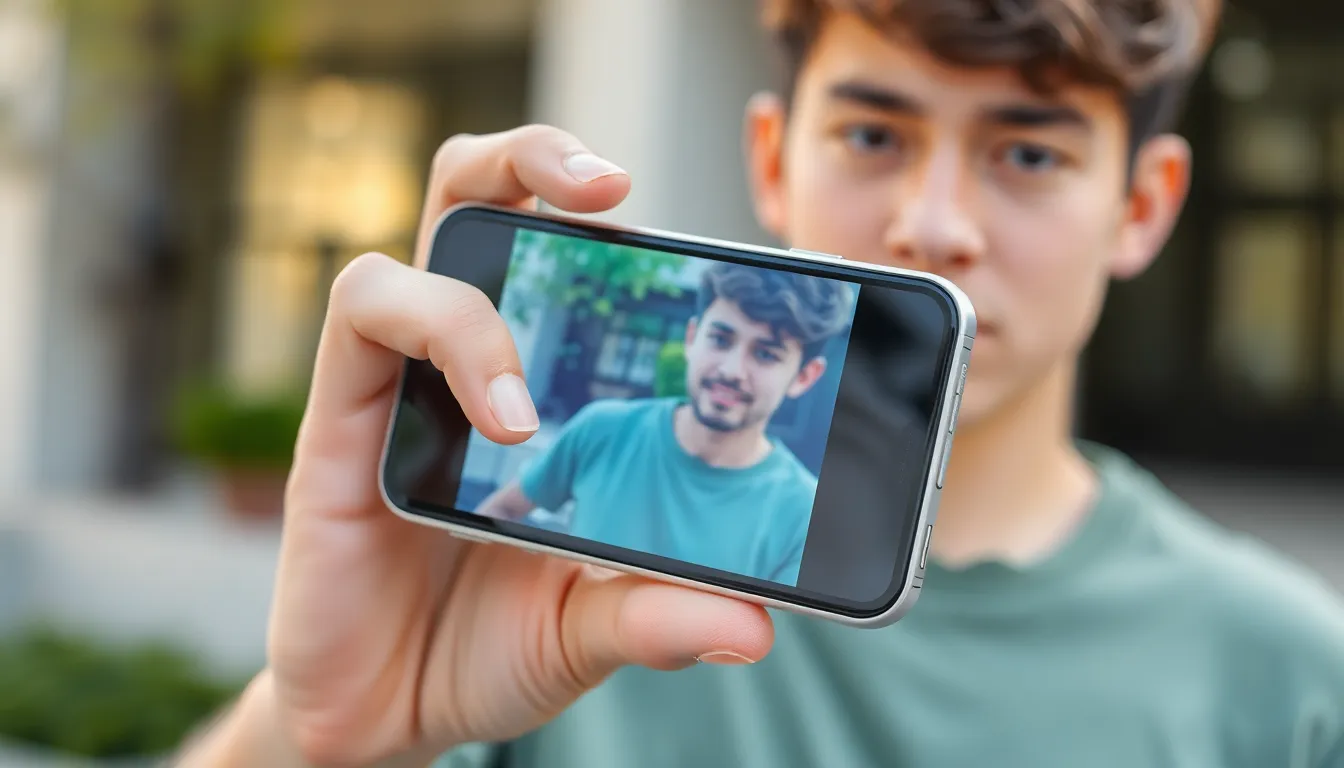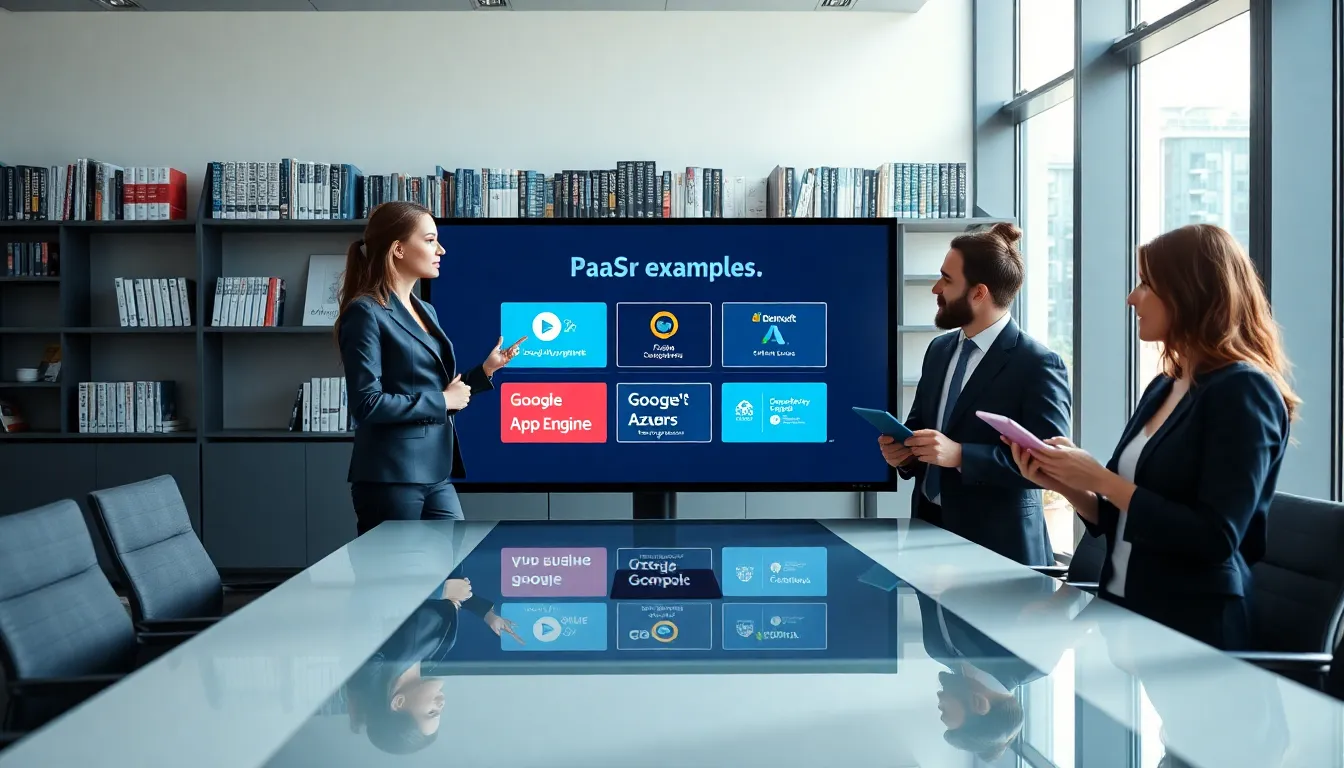Ever sent a video from your iPhone to an Android and wondered if you accidentally used a potato for the transfer? It’s a common frustration that leaves many scratching their heads and questioning their tech-savvy skills. The truth is, the differences in video compression and formats between these two platforms can turn high-quality clips into pixelated messes faster than you can say “cross-platform compatibility.”
Table of Contents
ToggleUnderstanding Video Quality
Video quality can vary significantly when transferring files between devices. Different compression methods and formats lead to noticeable differences in final output.
Factors That Affect Video Quality
Several factors impact video quality during transfers. Compression settings often differ between iPhone and Android. Higher compression reduces file size but can lead to pixelation. The original resolution also plays a crucial role. Transferring a high-resolution video to a device that supports lower resolutions might result in loss of clarity. The method of transfer, whether via messaging apps or cloud services, affects quality, too. Some platforms further compress videos, degrading the final output.
Comparison of Video Formats
Various video formats exist, influencing playback on different devices. iPhones typically use HEVC (H.265) or MOV formats. Both provide efficient compression and high quality. Android devices, on the other hand, often utilize formats like MP4 and AVI. These formats are more universally compatible but may not deliver the same quality when converted from an iPhone. When sharing video files, format compatibility matters greatly. Using the correct format for both platforms can significantly enhance video quality, making transfers smoother and more efficient.
Common Issues When Transferring Videos

Transferring videos from iPhone to Android often presents several challenges that compromise quality. Understanding these common issues aids users in avoiding pitfalls.
Compression and Quality Loss
Compression settings impact video clarity significantly. While compression reduces file size, excessive use leads to pixelation and lower quality. It’s worth noting that iPhones use advanced codecs like HEVC, which maintain high quality during compression. When these videos transfer to Android devices, the original quality may not translate effectively. Compression algorithms of different platforms can clash, often resulting in videos appearing grainy or distorted. Therefore, paying attention to the balance between compression and maintaining quality is crucial in video transfers.
Compatibility Between Different Systems
Compatibility plays a vital role in video transfers. iPhones favor formats like HEVC and MOV, which, while efficient, may not be universally accepted. Many Android devices commonly use MP4 or AVI formats, which can lead to discrepancies in playback quality. When a video format isn’t supported, conversion often occurs, usually at the cost of the original video’s integrity. Recognizing these differences helps users choose the right format for transfers, ensuring the best possible video quality on both platforms.
The Role of Video Settings
Video quality often depends on the settings used during recording and playback. Adjusting these settings can significantly impact how videos appear when transferred from iPhone to Android devices.
iPhone Camera Settings
iPhones offer various camera settings that influence video quality. Users can select resolution preferences, typically ranging from 720p to 4K. Choosing 4K captures more detail but increases file sizes, which might lead to compression issues. Frame rate settings, such as 30 fps or 60 fps, also affect smoothness. Higher frame rates provide smoother motion but can result in larger file sizes. Adjusting these settings according to the intended use of the video can help maintain clarity during transfers. Additionally, enabling the “High Efficiency” mode compresses videos to reduce sizes while preserving quality, making them easier to transfer without significant loss.
Android Playback Settings
Android devices feature playback settings that impact video quality. Compatibility with different formats can vary by manufacturer and model. Users may need to adjust playback resolution settings to match the original video quality. Some applications allow modifications of video quality settings, which can influence clarity during playback. Choosing HD settings on a compatible app can enhance the viewing experience. Additionally, enabling hardware acceleration in video players optimizes performance and improves playback quality. Understanding these playback options is vital for achieving the best viewing experience after transferring videos.
Solutions to Improve Video Quality
Improving video quality when transferring from iPhone to Android requires specific methods. The following suggestions can enhance video clarity.
Using Third-Party Apps
Consider utilizing third-party apps specialized in video transfers. These applications often handle format conversions more efficiently than native methods. Users can select options that maintain video quality, minimizing compression. Popular choices include Google Drive, Dropbox, and Send Anywhere. Each app allows easy sharing while preserving the original video quality. Users report better results by sending videos through these platforms rather than standard messaging services.
Adjusting Video Settings
Adjusting video settings on both iPhone and Android devices contributes greatly to quality retention. iPhone users should select the highest resolution, such as 4K, to capture optimal detail. Furthermore, frame rate adjustments can help maintain smooth playback. On the Android side, enabling hardware acceleration in video players boosts performance during playback. Optimizing these settings ensures better visual experiences, preserving quality upon transfer. Users observing these adjustments frequently achieve satisfactory results with video clarity.
Transferring videos from iPhone to Android can be a frustrating experience due to the inherent differences in compression and formats. Users often face quality loss that diminishes the viewing experience. By understanding the factors that contribute to this issue and adjusting settings on both devices, it’s possible to improve video clarity.
Utilizing specialized apps for transfers can also make a significant difference. With the right approach and tools, users can ensure their videos retain their quality during transfers. Making informed choices about formats and settings is essential for achieving the best results when sharing videos across platforms.




